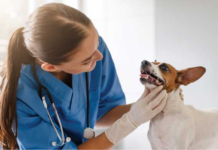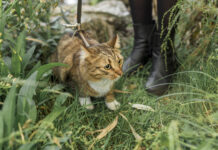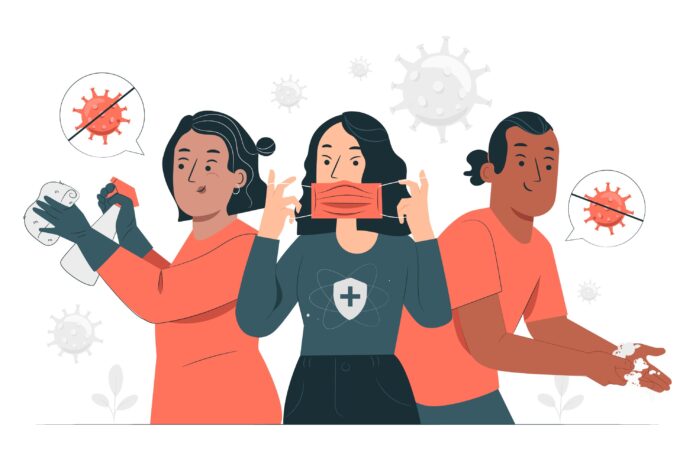Just as families are making holiday plans and vaccines are rolling out for children ages 5 to 11, the world is suddenly on high alert about Omicron, a new coronavirus variant that is circulating around the globe.
Scientists are racing to study Omicron—which has been found in California—in order to understand how its mutations may impact transmissibility, disease severity and more. We spoke to Michael Smit, MD, MSPH, Hospital Epidemiologist and Medical Director of Infection Prevention and Control at Children’s Hospital Los Angeles, to ask what we know about Omicron—and what families should do to stay safe this holiday season.
What makes the Omicron variant different from other versions of SARS-CoV-2?
Omicron has dozens of mutations that we have not seen in past variants of SARS-CoV-2. This means that the virus could behave differently than the original version of coronavirus or other variants, such as Delta.
Why are scientists so concerned about the Omicron variant?
Health officials and scientists are taking Omicron very seriously. There are several ways that its mutations could impact the spread of the coronavirus. First, Omicron could be more transmissible, meaning it could infect more people more easily. It could also potentially cause more severe illness, though it’s too early to tell if that’s the case. Or the mutations could allow Omicron to partially evade current vaccines.
What do we know—and not know—about the Omicron variant so far?
We know that Omicron has a multitude of mutations that will likely impact how easily or quickly the virus spreads. However, there is a lot we don’t know. We don’t know how much more transmissible the virus may be. We also don’t know if Omicron causes worse outcomes—such as more severe disease—than earlier variants. And we don’t know how much it may diminish the effectiveness of vaccines. But scientists all over the world are studying these impacts in real time, so we should have answers to many of these questions within a few weeks.
What can people do to keep themselves and their loved ones safe now?
The best thing people can do is get vaccinated if they are not, and to get a booster if they are at least 18 years old and it’s been more than six months since their last shot. For those who received the one-dose Johnson and Johnson vaccine, they can get a booster if it’s been two months since their initial shot. Also, parents of children ages 5 and over should get their child vaccinated as soon as possible. Although we don’t know if Omicron will impact the effectiveness of vaccines, we do know it’s much better to have some protection from the virus, which the vaccines provide.
Everyone should also use all the same precautions they’ve used throughout the pandemic: Wear a mask in any public indoor space, avoid large crowds and maintain physical distance from others who are not in your household. These practices are especially important as we wait for more data about Omicron.
Do you think the Omicron variant should impact people’s holiday or travel plans?
It’s difficult to say because so much about Omicron is unknown. But as with any time during the pandemic, it’s important to be aware of the levels of COVID transmission where you live, and in any area where you plan to travel. (Some countries have banned all foreign travel due to Omicron and the U.S. has imposed some travel restrictions.) In general, people should keep gatherings small, preferably with those in their household. If people from different households do mix, it would be ideal to socialize outdoors or remain masked indoors.
Are there extra precautions people should take related to this variant to make the holidays safer?
With the Omicron variant, new information is coming out quickly, so it’s important to keep informed about the latest guidance from federal, state and local health officials. We don’t want people to panic; we just want them to be vigilant and informed. Of course, if you have symptoms, get tested for COVID-19 and isolate until you know the results.
Story Credit: Children’s Hospital LA/Newswise
Photo Credit: pch.vector/freepik



































